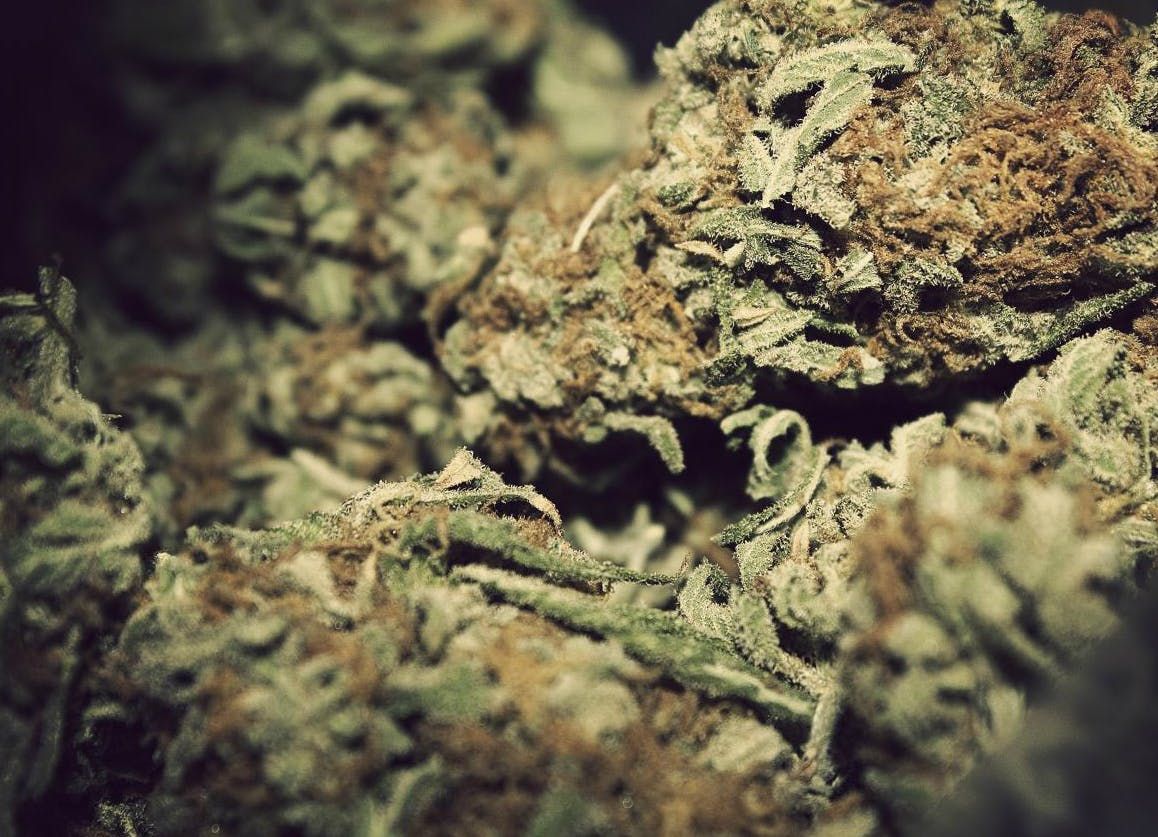Though Proposition 64 was staged as a multi-tiered rollout, most consumers assumed the bumps in the road would be smoothed over by the summer. Buckle up, because the rockiest part of the journey is just ahead.
As of July 1, all products sold at dispensaries must be part of the statewide track and trace system. All marijuana products, whether flowers or edibles, are required to go through a distributor, must be lab tested and sold in compliant packaging. Shops that don’t comply with the regulation rollout will be subject to fines and possible loss of license.
For weeks, many dispensaries have been deeply discounting products that won’t make the cut. According to state law, all noncompliant products must be destroyed by the July deadline. Those products are labelled as noncompliant, and licensed retailers are trying to recoup whatever they can before the July 1 deadline.
FOLLOW US ON FACEBOOK & INSTAGRAM
A Long, Hot Summer May Await Cannabis Consumers
Once the clearance sales subside, cannabis industry experts expect to see the next wave of challenges affecting retailers. There may be product shortages and some items disappearing altogether, particularly any edibles sold in more than 100 mg amounts per package.
There may also be a backlog in the products that the state’s 31 licensed labs can push through to the 350-plus retailers up and down the state. With most labs able to test approximately 100–150 samples per day, most retailers are anticipating a significant turnaround time for products to pass testing before they can be sold to consumers.
The cost to test individual batches of cannabis flowers is pricey. Fifty-pound lots are the most affordable option for distributors. This might mean that boutique cannabis growers cultivating a little of “this and that” may find it difficult to sell their product to distributors who must look out for their bottom line. Many labs are still waiting for state approval and aren’t prepared to take on the volume of work that will engulf the testing business from July forward.
At a recent gathering in the Mendocino redwoods, Bureau of Cannabis Control Chief Lori Ajax suggested a few potential solutions to the testing issues. These included donating non-tested cannabis to compassion programs, or the possibility of allowing distributors to test cannabis not already in the supply chain—something retailers are hoping will be implemented.
RELATED: PROP 64 UPDATE: 100 DAYS OF LEGAL RECRATIONAL MARIJUANA
The Upsides & Downsides of New Cannabis Packaging
One notable change that consumers can count on is accurate sourcing of their cannabis. Come July, if a product claims it’s from Mendocino County, 100% of the product must be from that county. Another upside to legalization is that all ingredients in your edible or topical medication will now be listed on packages.
Some product manufacturers were still scrambling in June to devise childproof containers, and dispensaries are adapting to the stringent packaging requirements. If an edible comes in a childproof package, there’s no longer the need to place that item into an additional childproof exit bag—something that environmental activists believe is a win for Mother Earth.
The downside? Not all manufacturers have the capital or the human resources to transition to the new regulations. Some edibles manufacturers are already saying they’re closing their businesses. Others are scrambling to modify formulas and packaging. Though the state felt that six months was a long enough time to transition to the new requirements, for manufacturers, particularly smaller operators, the time frame just hasn’t been long enough.
Tracking & Tracing Marijuana
The state’s long-awaited track and trace system also goes into effect July 1. The “METRC” system, short for marijuana enforcement tracking reporting compliance, will follow every cannabis item from seed to final sale. Every cannabis product, whether a gram of flower or your favorite single-serve edible, will receive a unique serial number. Items will be scanned with ID chips upon pickup and delivery.
Along with ensuring that your cannabis didn’t get to the unregulated market, track and trace will hold data on:
- Taxes
- The total inventory held by farmers and nurseries, including the strain type
- Plant age
- Proposed use for that plant
- Where the plant is housed
- Lab test results
And the price for track and trace? Anywhere from $250 to $20,000 per month, plus staff training costs. Even plants that die must be weighed and given to a third-party disposal service that will verify the final resting place for the dead plant. Unfortunately, because of all these additional costs, consumers may see an increase in prices this summer.
The Challenges of Cannabis Distribution
There are currently between 50 to 100 large-scale distributors selling regulated products to cannabis retail businesses. Distributors, not retailers, are on the hook for paying state taxes for the products they receive. Some experts feel that this regulation has been misunderstood by some distribution companies, and fear that these distributors will face steep, unexpected taxes at the end of the year.
With fewer products able to meet the strict regulatory hurdles, expect to see a reduction of all cannabis products on your retailer’s shelves for the time being. If you have concerns about what’s in your cannabis, be sure to familiarize yourself with the new packaging information. On what the Bureau of Cannabis Control calls the primary label—the portion of the label consumers usually see first—the following information must be included:
- The identity of the product
- The amount of tetrahydrocannabinol (THC) and cannabidiol (CBD) in the package
- The California Department of Public Health-issued universal symbol
- The net weight or volume
Primary paneling for edibles must also include the words “cannabis-infused” and note the amount of THC/CBD per serving.
On the package’s informational panel, the following must be included:
- Manufacturer’s name and contact information (website or phone number)
- Date the product was manufactured
- The government warning statement
- Ingredients list
- Instructions for use
- Expiration date
- Unique ID/batch number
The informational panel for edibles must also include allergy information, artificial food coloring information and basic nutrition information—like amounts of sodium, sugar, carbs and fat per serving. “For medicinal use only” must also appear on medicinal products.
Remember: These regulations were designed to standardize dosages, educate the consumer, and protect you from harmful and unwanted additives to your cannabis products. Supporting businesses that are following these challenging new regulations is the best way to ensure safe, clean cannabis products from today onward.
Photo credit: WeedPornDaily
If you’re new to cannabis and want to learn more, take a look at our Cannabis 101 post. HelloMD can help you get your medical marijuana recommendation; it’s easy, private and 100% online.






